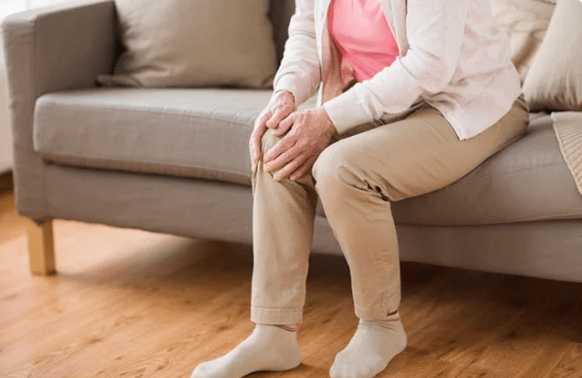
Arthrosis - A disease that has developed for many years with predominant damage to certain joints.Most often, painful changes affect large joints - knee, hips, shoulder, etc.The pain and difficulty of moving them complicate the life of a person in physical and emotional terms and take into account the fact that arthrosis is often found at a young age, it can interfere in achieving professional and personal goals.It is therefore important to diagnose the disease as soon as possible and to start complex treatment of arthrosis.
Arthrosis
At the initial stage of arthrosis, conservative methods are used that do not include surgery.Meanwhile, the methods used allow to stop the development of the disease, maintain motor activity, reduce the severity of the main symptoms of arthrosis and generally improve human quality.
- Medication
Drugs used
- NSAIDs;
- GKS;
- Chondroprotectors.
- PRP therapy
- Medical physical education
- Massage and manual therapy
- Extension therapy (grip)
- Physiotherapy
Physiotherapy methods widely used for arthrosis:
- Magnetotherapy;
- UHF;
- Inductothermia;
- Ultrasound therapy;
- Balneotherapy;
- Surgical treatment.
Treatment of arthrosis with medication
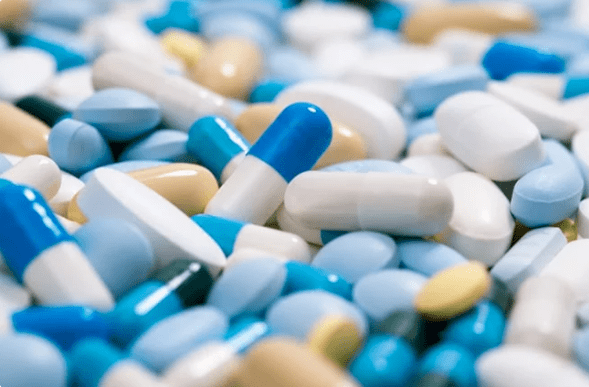
It is common among patients that the use of analgesic drugs (orally in the form of tablets or injection - intramuscular) is the most important method of eliminating pain in arthrosis.In fact, the use of drugs is a method of rapid relief of pain, which should only be prescribed in the acute period.The fact is that medicines that are widely prescribed for these purposes have serious side effects that are enhanced by prolonged and especially with uncontrolled intake.We are talking about the side effects of the digestive, cardiovascular, nervous system, which is likely to lead the patient to a hospital bed (gastric bleeding, heart rhythm disorders, effects on the liver and kidneys, etc.).
Non -steroidal anti -inflammatory drugs
Medicine groups used:
Nsaid -Nesteroidal anti -inflammatory drugs, many of them are released without a prescription and are widely accepted by patients on their own.This group includes medicines from various chemical structures, the most famous of these are diclofenac, indomethacin, non -absolutely (classic NSAIDs), more modern to meloxicam, nimesulide, ketorolac.The listed drugs have a pronounced anti -inflammatory and analgesic effect, reduce pain in the joint and adjacent muscle tissue, but do not affect the development of the disease.They are only used to reduce the symptoms at all stages of the disease.Effective with the concomitant synovitis (fluid accumulation in the joint).
Gks - Glucocorticosteroid drugs (hydrocortisone, triamcinone, betamethasone) have the most powerful anti -inflammatory and analgesic effects.It is recommended and effective for their introduction.However, patients often adversely refer to the use of these drugs in treatment, which is associated with possible side effects: these are infectious complications, worsening of the ligaments, joint surface and degeneration of cartilage.But with the perhaps the risk of these complications, the risk of these complications is minimal.
Chondroprotectors - Glucosamine and chondroitin are the natural components of cartilage, which, when administered orally, contribute to the gradual recovery of cartilage, normalize its density and elasticity.These active components are usually used in the complex, are part of various medicines and auxiliary products.Chondroprotectors do not have a quick analgesic effect, the improvement develops with prolonged use of medicines based on them, which is associated with partial cartilage restoration.It is recommended at all stages of the disease.
PRP therapy
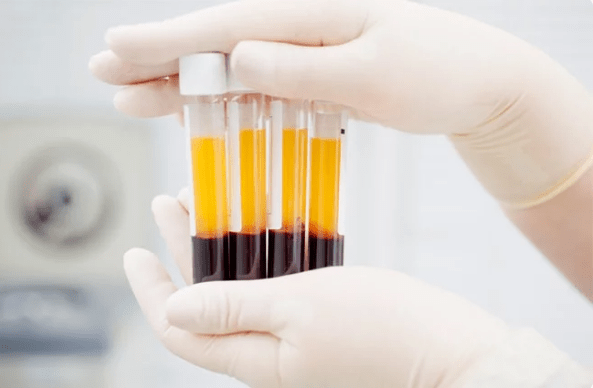
One of the most up-to-date methods of recovery drugs used for sports injuries and monodystrophic diseases of the joints is PRP therapy (rich in PRP plasma) or plase mobravitization, autoplasmic therapy.
The essence of the procedure It consists in the introduction of platelet -enriched plasma, directly at the site of damage, in the case of the joint.The drug is obtained from the patient's own blood, so the method is considered not only highly efficient but also safe for humans.Growth factors and other biologically active substances (serotonin, bradykinin, prostaglandins, etc.) contained in a plasma thrombok enriched by platelets contribute to the activation of the processes of regeneration and the synthesis of their own essentials.
The platelet, enriched with platelets, is introduced both percentage and directly into the affected joint, which is why partial tissue repair is achieved - mostly cartilage.
The methodology of 1-2 stages of osteoarthrosis is the most applicable.It shows good results and allows you to slow down the rapid development of the disease due to the release of growth factors from platelets.The method is relatively new, but it has proven its high efficiency.PRP therapy has been used for the first time in surgery, today the technique has been successfully used in many areas of medicine, including rheumatology and orthopedics, neurology and cosmetology.Conducting autoplasmic therapy allows you to increase the functioning of the joint without other aggressive interventions.
Synovial fluid protectors - a group of hyaluronic acid -based drugs, which are introduced directly into the joint cavity (injection) and play the role of knitting fluid for lubrication in case the natural synovial fluid is almost completely absent (it provides the role of lubrication of the stacons).They are used in the late stages of arthrosis.
The medical drugs of this group are also called "synovial fluid prostheses", "biological substitutes for synovial fluid".The effect after administration of medicines is long - from 6 to 13 months, depending on the medical product used.
Some are used Other drug groups - Antizingmodics, muscle relaxants, B vitamins B B therapeutic (high) doses, but they all only have an auxiliary value in the treatment of arthrosis.
Medical physical education
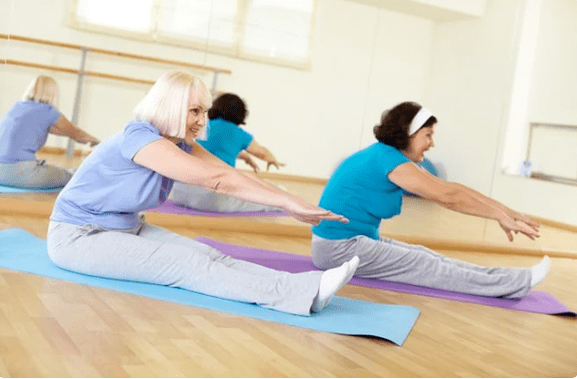
Special exercises in therapeutic gymnastics can and should be used even during exacerbation, at all stages of arthrosis.Such measures can reduce pain and prevent pronounced restrictions on joint movement.However, among patients with arthrosis, the method is unpopular as most of them are wrong, believing that in pain it is necessary to limit any movement.The timely onset of exercise, on the contrary, contributes to a faster recovery and reduction of symptoms, mainly pain.
Particularly effective exercises for physiotherapy in water, movements of the joints in the unloading position (lying, sitting, in a hanging position), moderate walking on a flat surface.If necessary, for example, with a syndrome of pronounced pain, the joint may require a special dressing, but you should start physical education as early as possible.
Massage and manual therapy
The methods of mechanical effects on the joints, muscles and ligamentary apparatus allow a reduction in the severity of pain, increased mobility, improvement of blood circulation and metabolism in the area of affected joints, relief of muscle spasm, normalization of muscle function.
Extension therapy (grip)
In a hospital or medical sanatorium, grip is possible - this is joint traffic (hip joint, knee) according to a special method using different loads.The standard grip scheme is intended for 28 days, with a gradual increase in load and exposure time.Classical techniques are also used more modern, using simulators.Their effectiveness is almost the same, but the simulators are more comfortable for the patient.
Physiotherapy
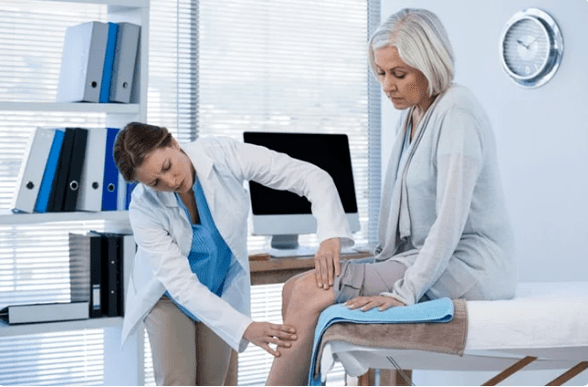
The use of various physiotherapy techniques in the initial stages of arthrosis allows us to achieve a significant relief of pain syndrome and increase mobility in the affected joints.Physiotherapy courses contribute to delaying the pathological process and extending the period without exacerbations.
Widely used for arthrosis of physiotherapy methodology
Magnetotherapy - Local effects through a constant or alternately low -frequency magnetic field.In the area of the affected, the metabolic processes are accelerated, the bloodstream and the supply of nutrients to the joint structures increase, the processes of regeneration and synthesis of the own substances needed for joint work are activated.Magnetotherapy has anti -inflammatory, analgesic, anti -inflammatory effects from almost the first session, which has a positive effect on the patient's general condition.Magnetotherapy has been used successfully in hospitals and sanatoriums, where medical equipment with various modifications is used.A huge advantage for patients with arthrosis is the possibility of independent courses in magnetotherapy at home, as intended and under the control of the attending physician.Timely use of portable magnetotherapy devices allows you to stop developing pain, onset of exacerbation or preventive course - that is, to maintain normal well -being.A positive moment of magnetotherapy can also be called a beneficial effect of procedures on the condition of the cardiovascular and nervous systems.Given the fact that most patients with arthrosis are middle -aged and elderly people, with an existing set of chronic diseases (arterial hypertension, coronary heart disease, atherosclerosis, etc.), a mild and stabilizing effect of magnetotherapy will be very useful.
Ultrasound It is used more commonly in combination with the effects of drugs with anti -inflammatory, analgesic, restorative effects (hydrocortisone, chondroitin sulfate, indomethacin, etc.) - ultraphonophoresis or phonophoresis.Ultrasound increases the permeability of tissues for drugs, so their main action increases.Even without a drug component, the method is highly effective for arthrosis: ultrasound has a mechanical effect on tissues (micromassage), activates local immune and restorative processes in the joints and adjacent muscles, an analgesic and anti -inflammatory effect is expressed.
Laser therapy - One of the most common and widely used procedures.The therapeutic effect is based on the reflex enlargement of the blood vessels above the focus of the pathological process.This leads to an improvement in local blood flow, activating metabolism, eliminating undervalued metabolism and reducing the intensity of pain.Laser therapy due to the low penetration depth has a minimally pronounced systemic effect, while enhancing the therapeutic effect of other procedures.
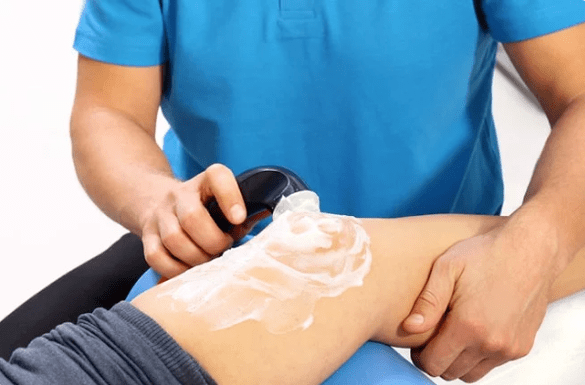
Shock therapy - The method of high energy exposure.It is based on a piezoelectric effect.The influence of piezoelectric discharge on pathological focus is achieved through a number of effects.Non -viable cells are destroyed, leading to the activation of local immunity.Gebernik (inactive) cells are stimulated, which contributes to the processes of regeneration.At the same time, the intensity of the pain syndrome is significantly reduced (although the procedure itself is painful).The undeniable advantage of the method is the use of the method once every 4-7 days.
Diadinamotherapy - The method of therapeutic effect on the body with diadynamic impulse currents.The diadynamic currents used in this method rhythmically excite the skin receptors, which indirectly leads to the activation of the descending physiological mechanisms of pain suppression and leads to a decrease in the patient's pain, to complete analgesia.Therefore, such procedures are effective for severe pain.
Electromyostimulation - exposure to electrical current to muscle tissue.With arthrosis of large joints, the work of the surrounding muscles is impaired, this leads to atrophy of some and the overload of others.Walk developments are evolving.When exposed to AC according to a special program, the muscles rhythmically decrease, performing a certain work, leading to the restoration of their volume and function.
Cryotherapy - Unfortunately, a simple and effective method of treatment is used.The local effect of low temperature reduces the sensitivity of the pain receptors and the synthesis of biologically active substances that stimulate the development of inflammation.After cryotherapy, a reflexive dilation of blood vessels occurs, local blood flow accelerates and the recovery processes are activated.This method is especially effective in combination with shock wave therapy.
Balneotherapy
In the context of the sanatorium and the resort, hydrogenation is performed, among which radonroom arthrosis is especially effective for arthrosis.A common effect on the body is made by the products of radon radioactive decay dissolved in water.The most important effect is the activation of metabolic processes.
Similar, albeit a more pronounced effect, is characteristic of therapeutic mud (peloid), hydrogen sulfide and carbon dioxide.
Surgical treatment
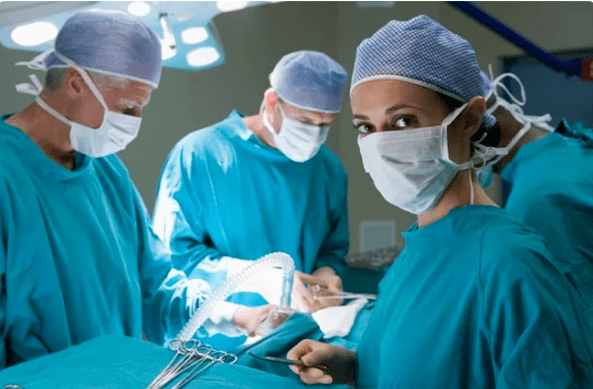
Surgical methods are resorted to the late stages of arthrosis, when the mobility of the joint is sharply limited or absent, which affects the quality of life of the patient.There are various methods of joint endoprothetics around the world, which allow you to fully restore the volume of movements and to return the patient to an active life at any age.
The tactics and volume of surgery are determined by the attending physician, the choice is based on parameters such as the general condition of the patient, age and the presence of concomitant diseases, overweight and others.The best results after endoprotetics are obtained in patients with young and medium (almost complete restoration of the volume of movements), but the elderly also have a significant improvement in the condition, since after successful action and recovery, they can be fully provided with the home and move not only in the apartment, but to exit.
Prevention
Arthrosis belongs to the group of density diseases and develops mainly as a result of age -related changes in the joints, enhanced by the influence of external negative factors.Attention to the condition of the musculoskeletal system, the prevention of joint diseases and the treatment of arthrosis in the early stages make it possible to maintain motor activity and to avoid massive medical intervention in the future.

























